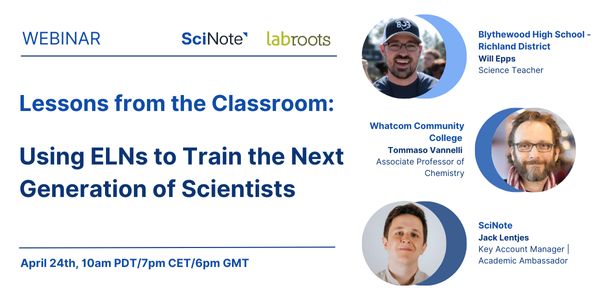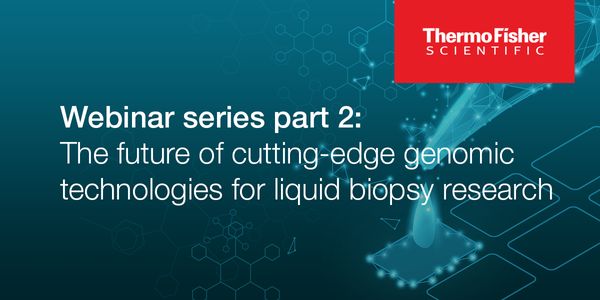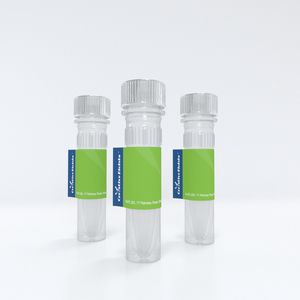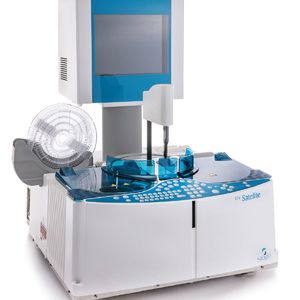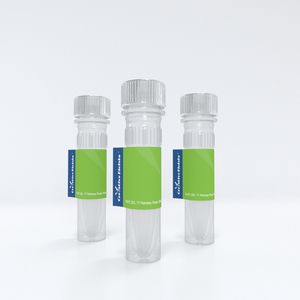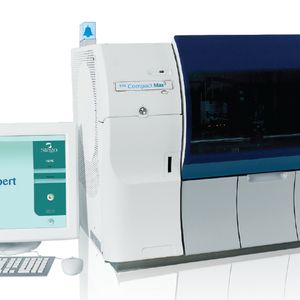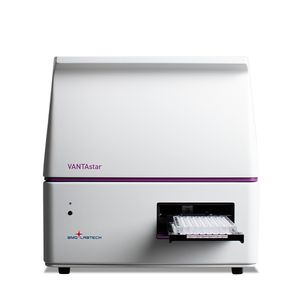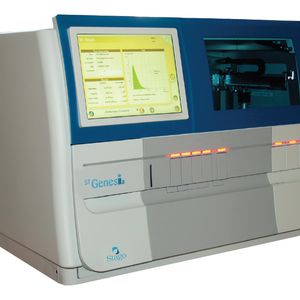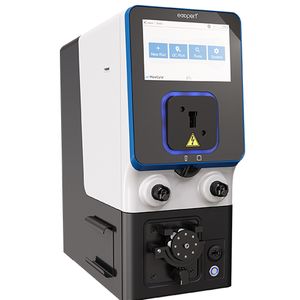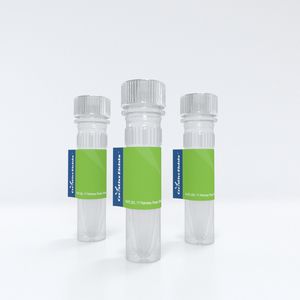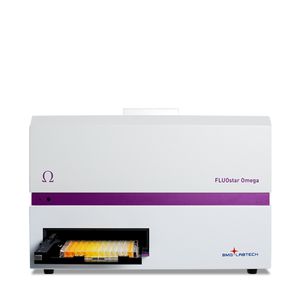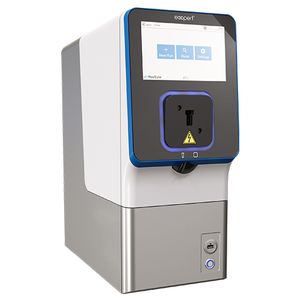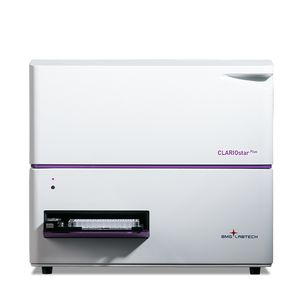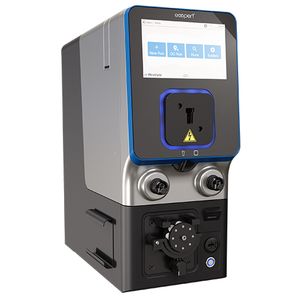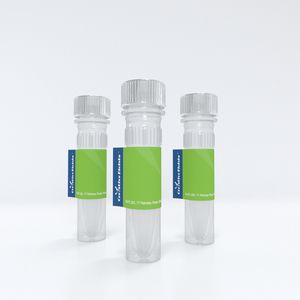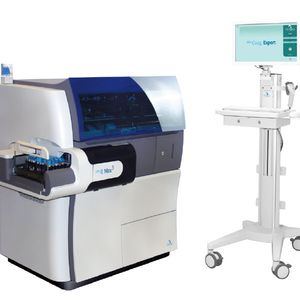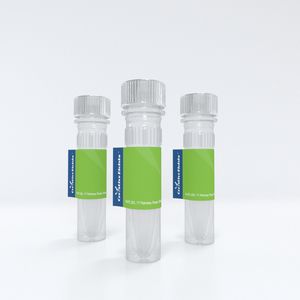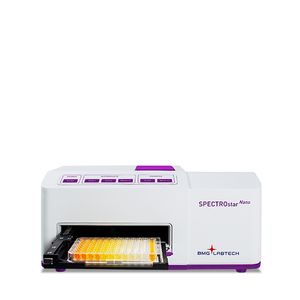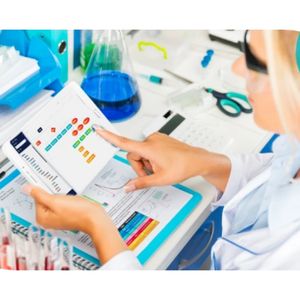Drug Discovery & Development Webinars
Browse our archive of webinars on pharmaceutical and biomedical research from collaborations between pharmaceutical companies, government, biotechnology companies and academia to create new drug discovery opportunities.
Show More
-
APR 24, 2025 | 10:00 AMGood documentation, structured workflows, and reliable experiment tracking are essential in any lab environment. By applying digital tools like Electronic Lab Notebooks (ELNs) , educators an...
-
FEB 24, 2021 | 12:00 AMPlatform based therapeutics and vaccines offer a unique opportunity to simplify and streamline the drug development process. Moderna has taken the approach of harnessing the power of mRNA as...
-
FEB 26, 2020 | 9:00 AMCRISPR revolutionized gene editing, but multi-target screening remains a complex goal. In addition, the fast pace of CRISPR technology development has brought sophisticated options for libra...
-
FEB 22, 2023 | 10:30 AMImmunogens with native conformation and a high-throughput IgG cloning platform are two of the most important key components for high quality lead antibody molecules discovery. DIMABIO’...
-
FEB 21, 2024 | 12:00 PMC.E. CREDITSmRNA‑based products are rapidly growing in the biotherapeutics space. Important considerations need to be made to develop a process for mRNA synthesis that consistently generates high‑yield...
-
OCT 06, 2022 | 5:00 PMGenetic biomarkers have become increasingly important for disease prediction, early disease detection and progression, and options for intervention. Tumor biopsies are commonly used as sourc...
-
NOV 17, 2021 | 9:00 AMDate: November 18, 2021 Time: 9:00am (PDT), 12:00pm (EDT) Therapeutic proteins such as monoclonal antibodies (mAbs) and mAb variants have been successfully applied in the treatment of cancer...
-
FEB 24, 2021 | 10:30 AMMeet xMAP® Technology all over again. Over the past 25 years, Luminex’s xMAP Technology has emerged as the worldwide leader in bead-based multiplexing. The new xMAP® INTELLIFLE...
-
FEB 26, 2020 | 10:30 AMQIAGEN CLC Genomics Workbench is a powerful solution to analyze and visualize next generation sequencing (NGS) data. Powered by cutting-edge technology and accelerated algorithms, it support...
-
FEB 24, 2021 | 12:00 AMThere are approximately 2000 distinct lipids which are believed to influence health and disease in humans. Their molecular interplay with genes, proteins and metabolites is strongly affected...
-
FEB 24, 2021 | 6:00 AMGenScript’s new DNA Encoded Chemical Library (DECL) kit will revolutionize your pharmaceutical hit discovery and chemical biology research. In partnership with a leading technology exp...
-
FEB 27, 2019 | 10:30 AMAn aptamer (also known as a synthetic antibody) is a stable DNA, RNA, or peptide ligand that binds with high affinity and specificity to targets such as small molecules, peptides, proteins, b...
-
FEB 23, 2022 | 11:55 PMCancer is a leading cause of morbidity and mortality in developed countries including the United States. Early detection of various cancers, before they spread and become incurable, has been...
-
FEB 24, 2021 | 12:00 AMG-protein-coupled receptors (GPCRs) remain major drug targets, despite an incomplete understanding of how they signal through 16 non-visual G-protein signal transducers (collectively named t...
-
FEB 23, 2022 | 11:55 PMThe explosion of biomedical data such as in genomics, structure biology and pharmacology can provide new opportunities to improve our understanding of human physiology and disease. Understan...
-
FEB 24, 2021 | 12:00 AMThe development of different classes of immunotherapies that target cancer cells continues to be a rapidly growing area of research. The development of diagnostic tests which can predict pat...
-
September 13 at 10:00am CEST, 9:00am BSTWebinar airing too early or too late for you? This webinar will also be available: September 13 at 10:00am PDT, 1:00pm EDT https://www.labroots.com/ms/webinar/dpcr-liquidbiopsy-panel-2 and S...
-
FEB 23, 2022 | 7:30 AMReceptors that respond to hormones, neurotransmitters, chemokines and growth factors traffic to the cell surface where they are activated by ligands and signal via coupling to molecules such...
-
FEB 24, 2021 | 4:30 PMHigh throughput purification is a critical step for antibody engineering and screening. Protein purification using traditional protein A resin columns is limited by throughput and a complica...
-
FEB 27, 2019 | 3:00 PMIn today's presentation I will give an overview to developing NextGen ADCs. We will discuss everything from the beginning stages of development to the varying ADC combination therapies av...
-
FEB 23, 2022 | 9:00 AMWhat does a quantum leap in drug development look like and what is necessary to make it happen? Our greatest opportunity to deliver significant increases in the speed and effectiveness of dr...
-
FEB 23, 2022 | 12:00 PMThe prevalence of NASH in global populations continues to expand in conjunction with the ongoing obesity and diabetes epidemic. Over the next decade, the disease is projected to become the l...
-
FEB 24, 2021 | 7:30 AMSpecific biomarker assays are included in an increasing number of drug labels, with uses ranging from prediction of adverse events to providing insights on efficacy for patient populations....
-
JAN 01, 2020 | 6:00 AMAccurate DNA replication is essential to transmit the genetic information from one generation to another. However, replication is frequently challenged by barriers that originate from exogen...
-
FEB 24, 2021 | 9:00 AMReliable diagnostic, prognostic, predictive, pharmacodynamic, and pharmacokinetic biomarkers are critical to assure correct patient selection, drug dosing, and monitoring. Being able to iden...
-
FEB 27, 2019 | 9:00 AMMultiplexing IHC is a technique that is increasing in demand as more and more researchers and physicians are being tasked with doing more with less. With multiplexing, you have the advantage...
-
FEB 23, 2022 | 3:00 PMGenetically engineered cellular models are an integral part of the drug discovery process from early discovery through clinical biomanufacturing. The various applications of these cellular m...
